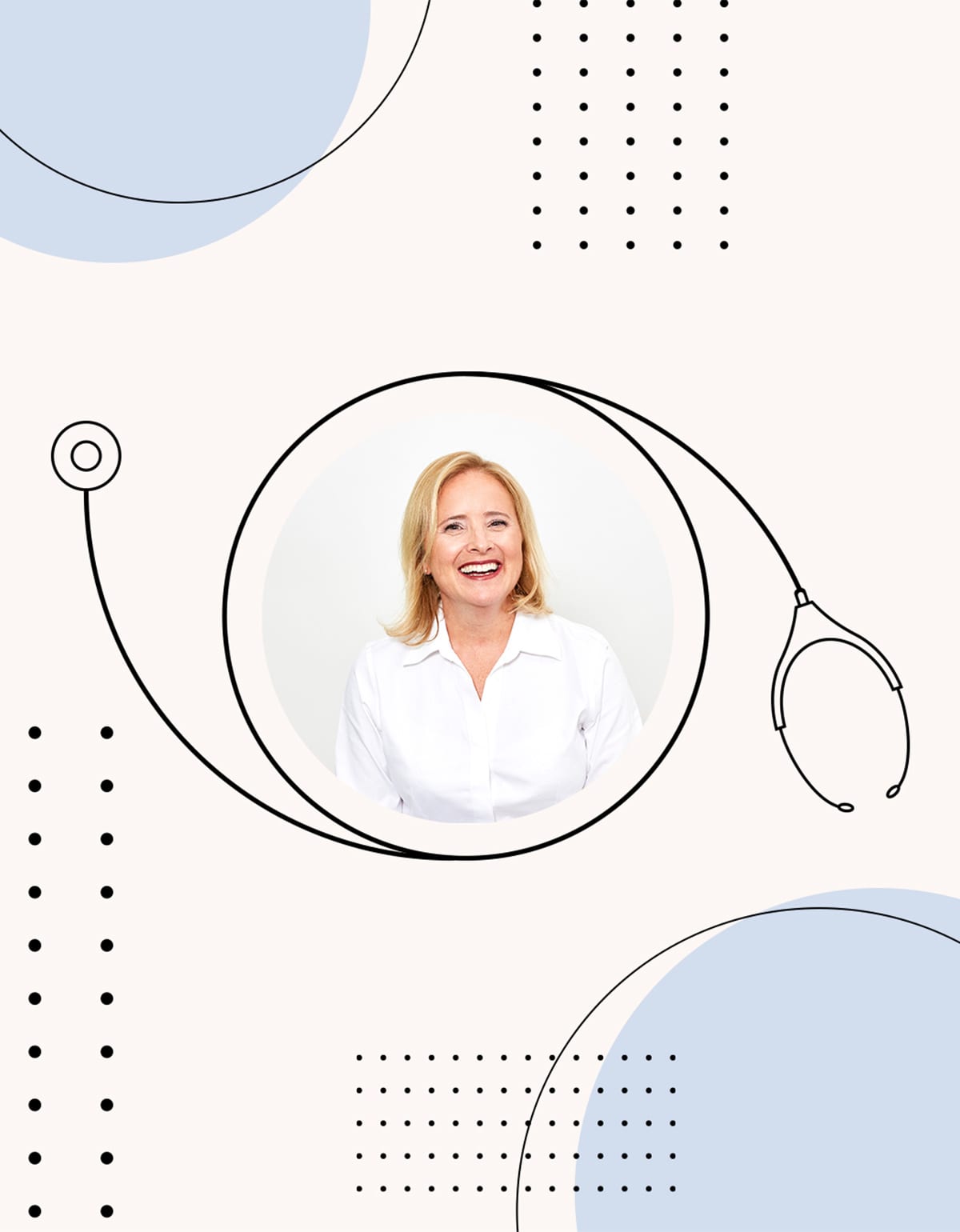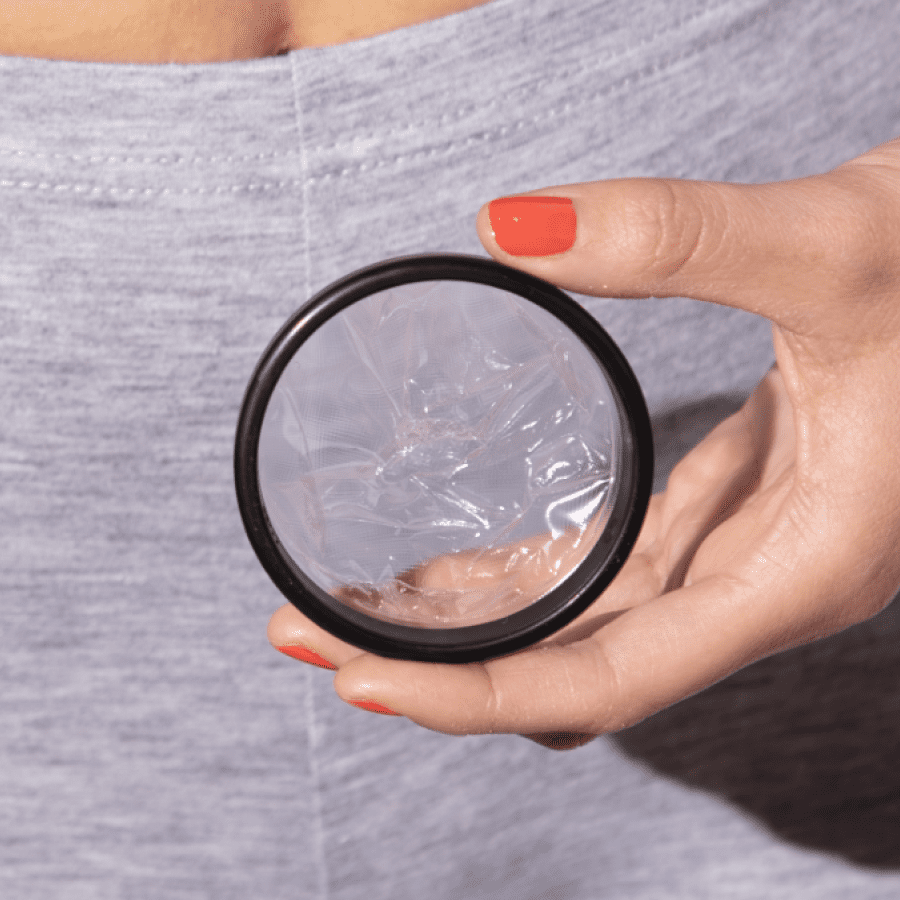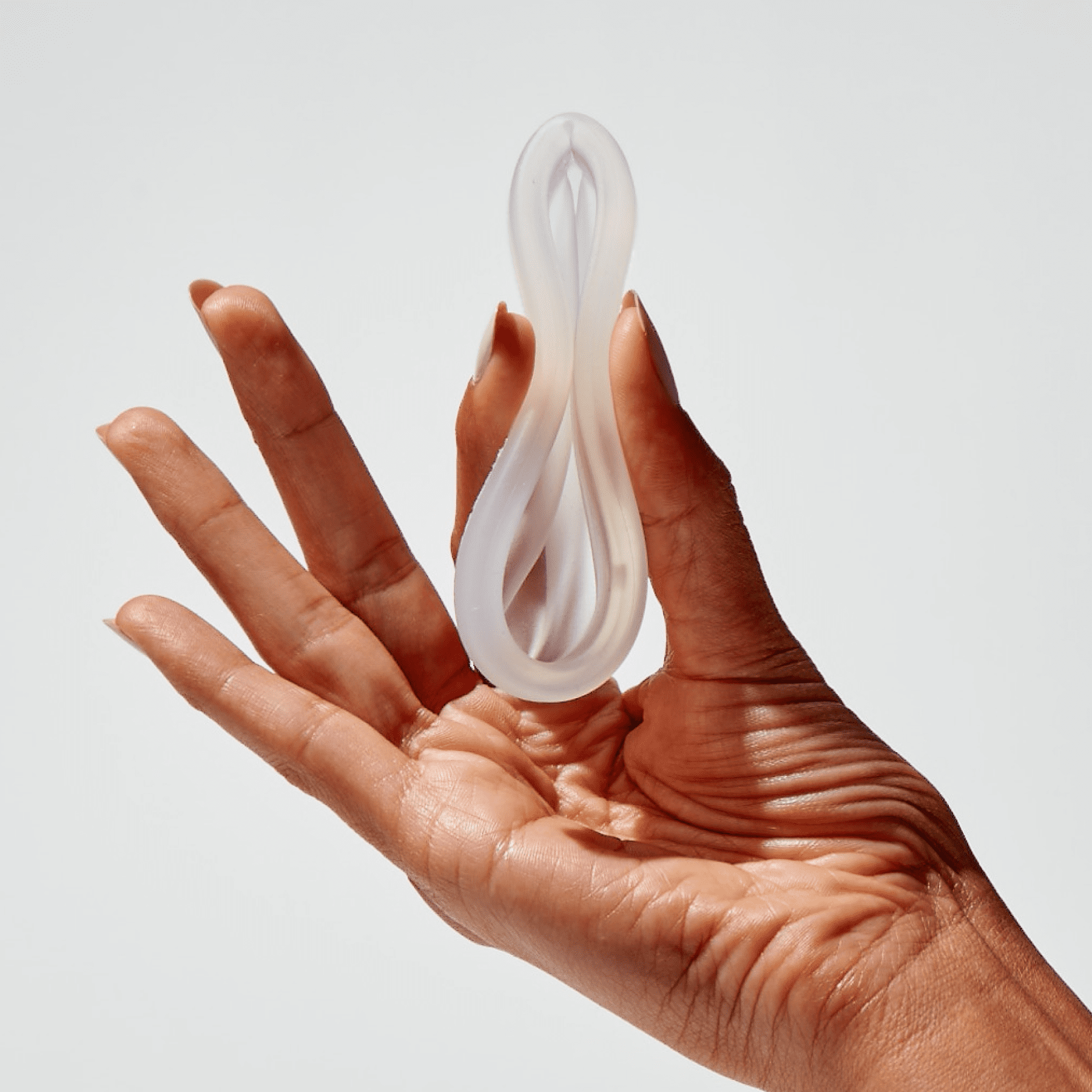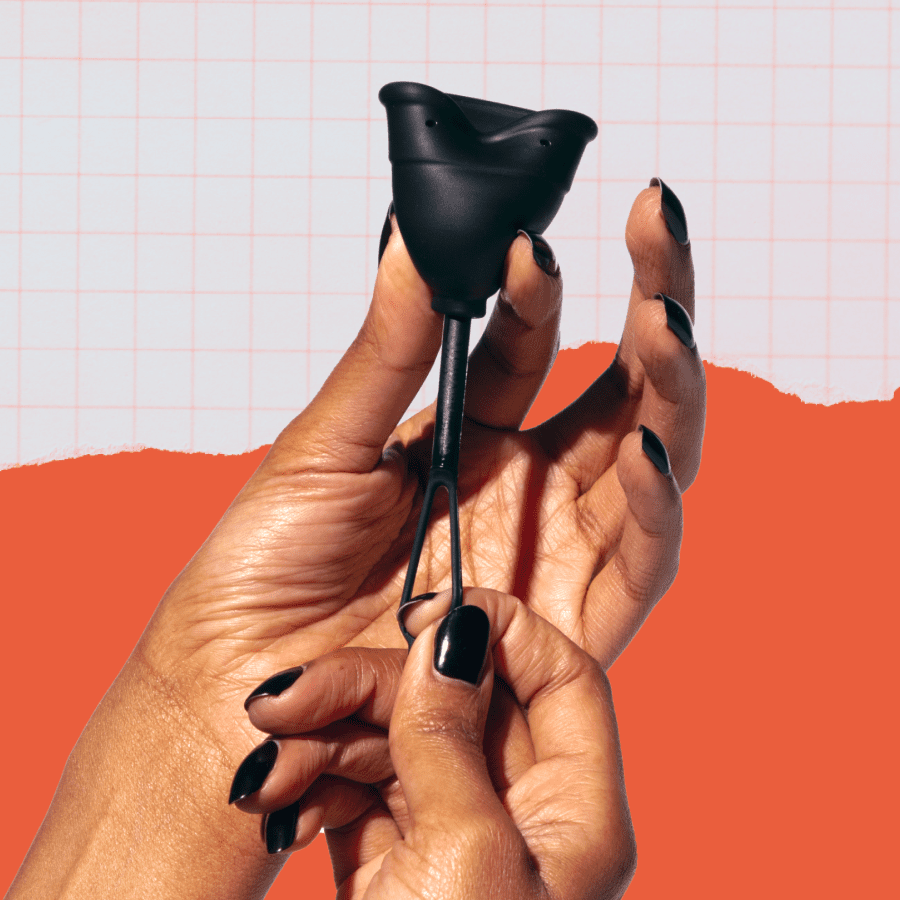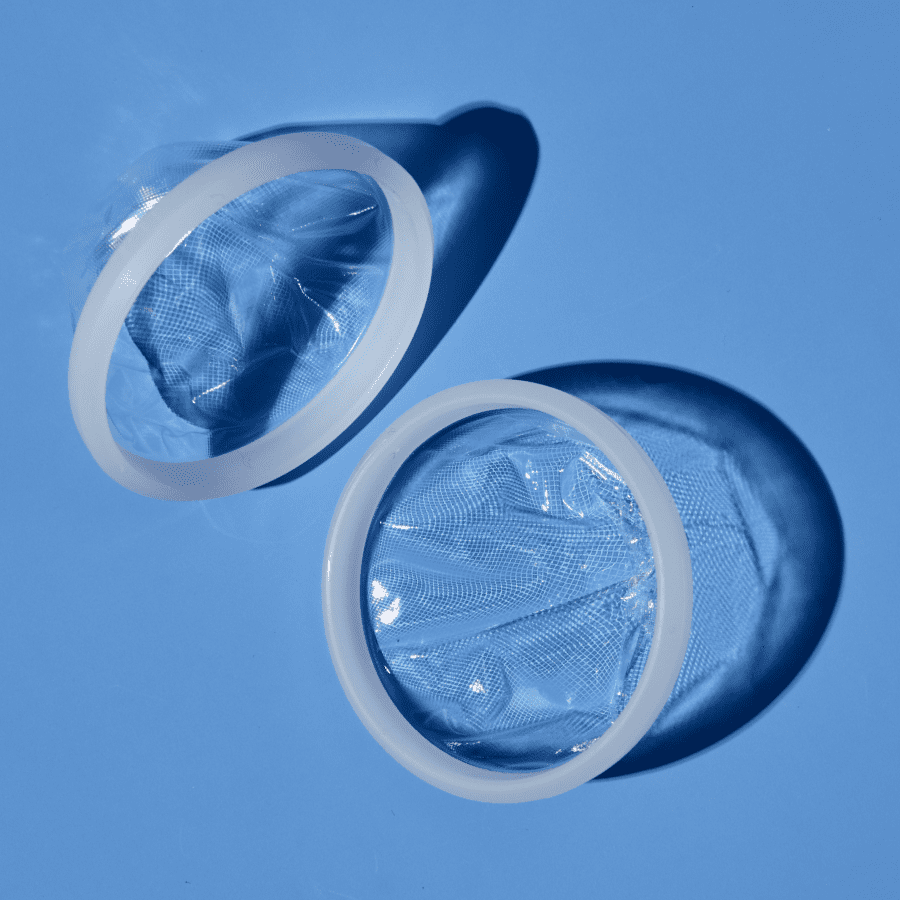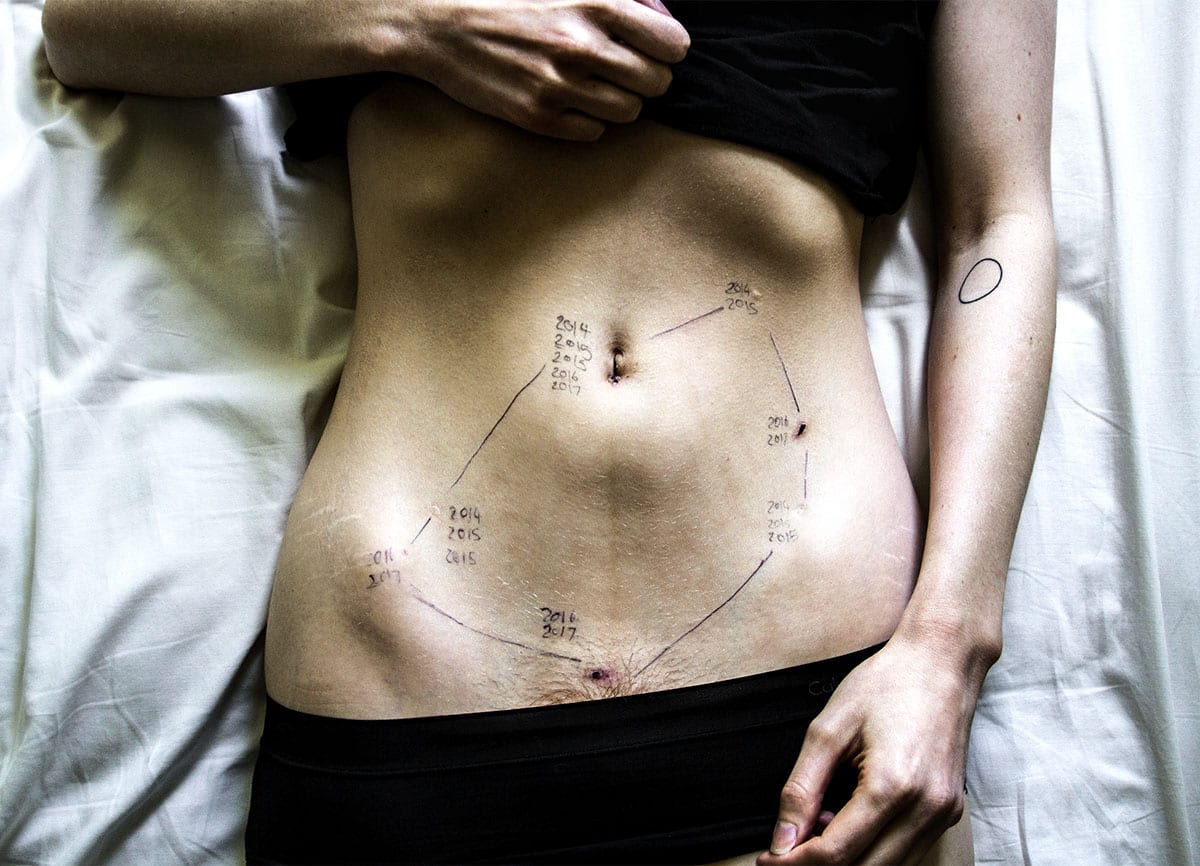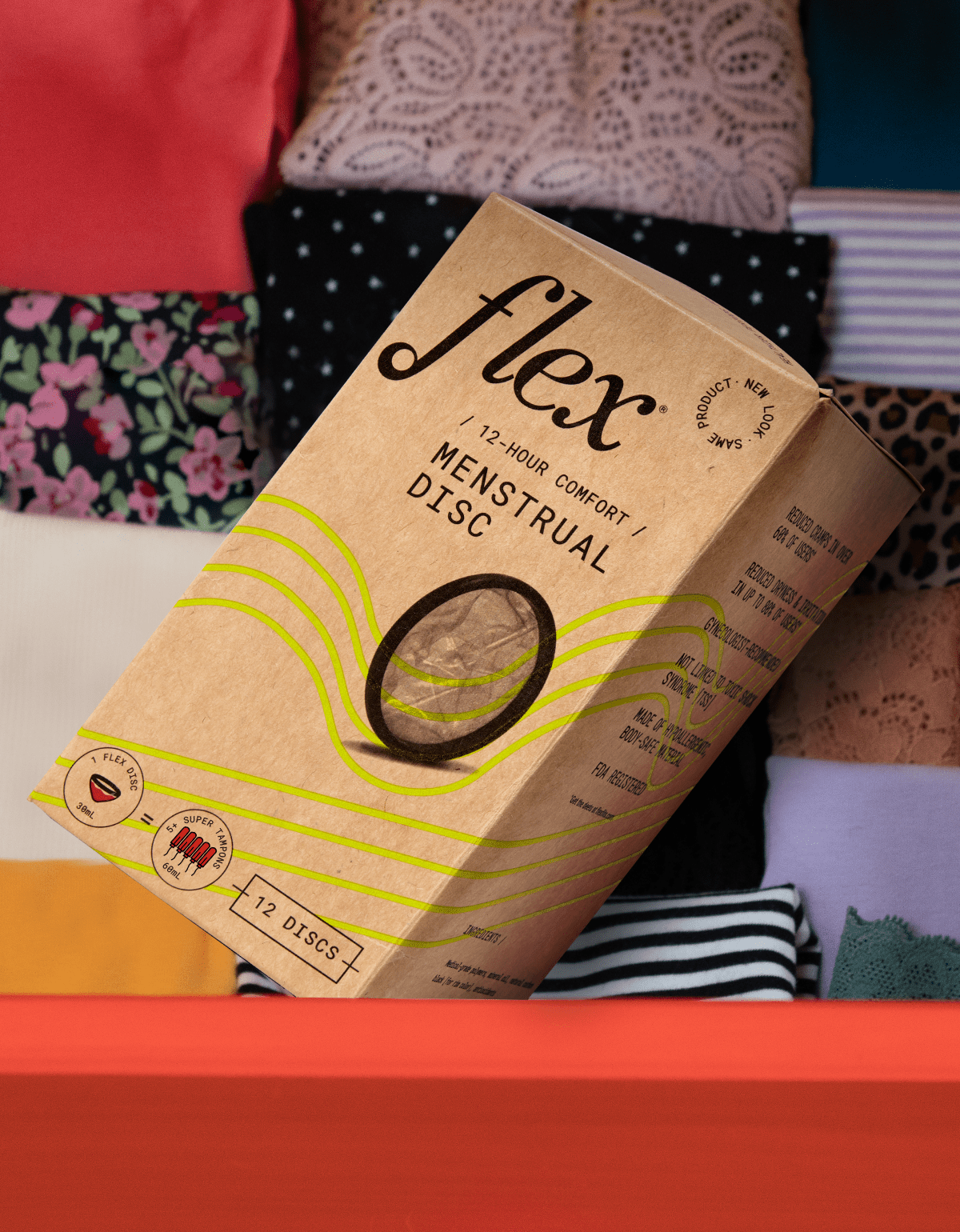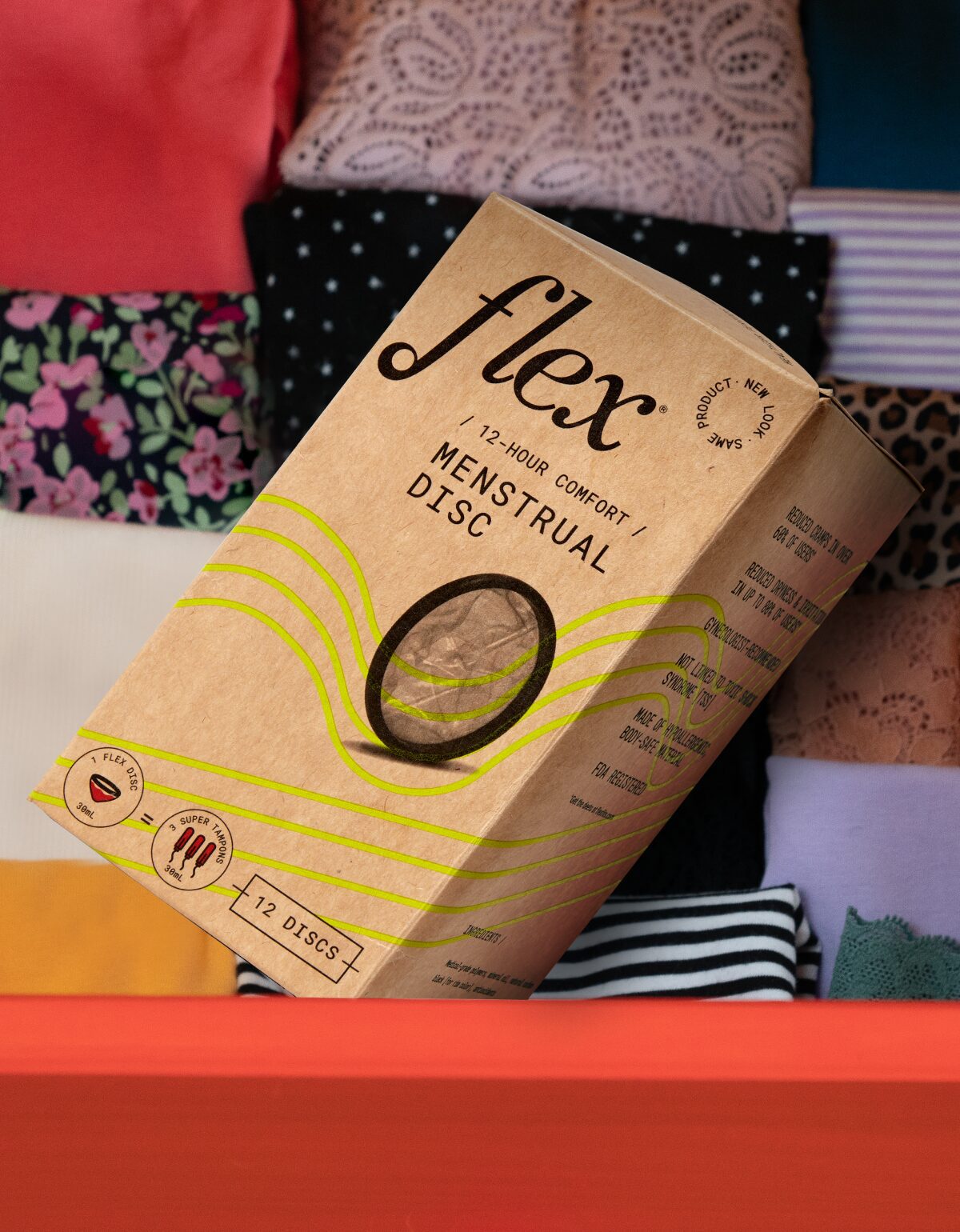Ask an Ob/Gyn: Using Flex Disc with endometriosis
If you have endometriosis, getting your period can mean heavy bleeding and debilitating cramps that disrupt your life significantly, affecting school, work, relationships or all three!
Even worse, traditional period products can contribute to your misery, as tampons tend to disrupt vaginal pH and can exacerbate cramps. They may also require constant changing with heavy bleeding.
People with endometriosis cramps might consider using menstrual discs for a variety of reasons. We consulted with gynecologist Dr. Jane van Dis, who helped develop our menstrual discs, on how menstrual discs are ideal for those with endometriosis pain and heavy bleeding.
Unlike tampons, Flex Disc™ does not increase inflammation
Endometriosis is a complex condition. One characteristic of endometriosis is excess inflammation in the reproductive tract (uterus, tubes, ovaries, and pelvis) that causes chronic pain.
People with endometriosis tend to have more prostaglandins and more leukotrienes (neurotransmitters that up-regulate inflammation) that are released throughout their menstrual cycle, and one of the hallmarks of endometriosis is the formation of scar tissue after inflammation occurs.
This scar tissue can be VERY painful and can lead to difficulty with fertility for some. While other products have properties that may accelerate inflammation, increasing cramps or disrupting the pH of your vagina, menstrual discs have no effect on inflammation.
Menstrual discs accommodate heavy bleeding
People with endometriosis often have heavier periods. Because Flex menstrual discs capture three times as much blood flow as a super tampon, you’ll be changing your period product less often and shouldn’t need to worry about the leakage that plagues heavy bleeders.
Flex Disc may reduce endometriosis cramping
The vagina is widest at its most superior (highest) portion: Where the vaginal fornices, both posterior (back) and anterior (front), are located. Flex Disc sits against the cervix in this exact area. Tampons, in contrast, occupy the lower and middle portions of the vagina, which are narrower.
The cramping sensation that many people feel during their period is a result of blood and tissue moving through the cervix into the vagina, as well as the inflammation described above.
This cramping can be exacerbated when the lower portions of the vagina are expanded as a tampon fills with blood and vaginal fluids. Often, those with heavy endometriosis bleeding can feel when their tampons are soaked with blood.
Flex Disc sits at the top of the vagina, and 70% of Flex users report less cramping. The lower third of the vagina is innervated by the pudendal nerve, which has more sensory fibers in it than the nerves innervating the upper portions of the vagina.
Many menstruators who can feel the pressure of a tampon expanding while cramping in their lower vagina cannot feel Flex Disc due to the differences in innervation and shape of the vagina, and then the shape of the respective products. Those with endometriosis pain could especially benefit from a product that does not exacerbate cramps.
Still on the fence about how menstrual discs might work for you? Check out this article which addresses common questions people have about switching to Flex.
This article is informational only and is not offered as medical advice, nor does it substitute for a consultation with your physician. If you have any gynecological/medical concerns or conditions, please consult your physician.
© 2021 The Flex Company. All Rights Reserved.
